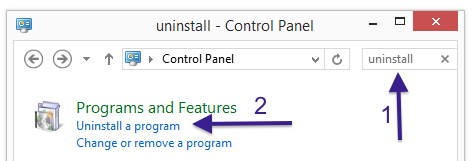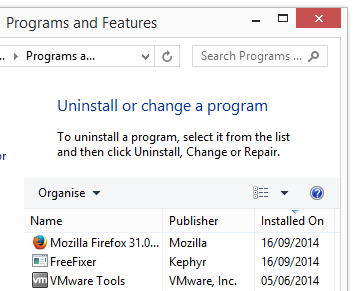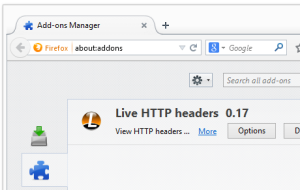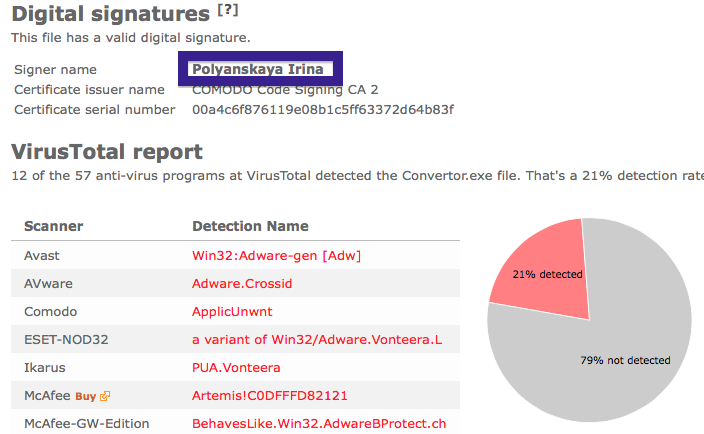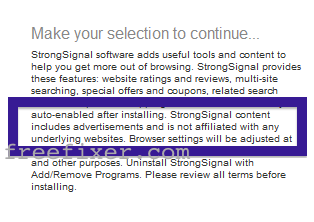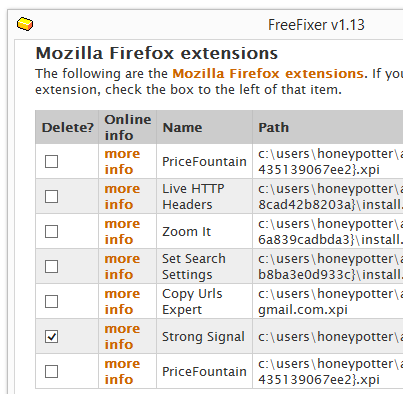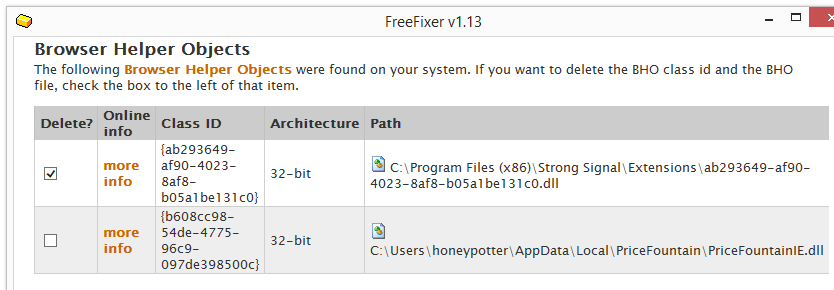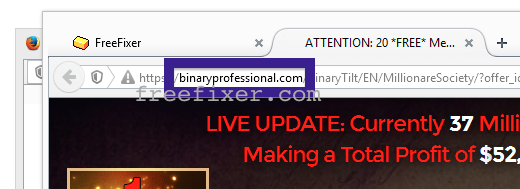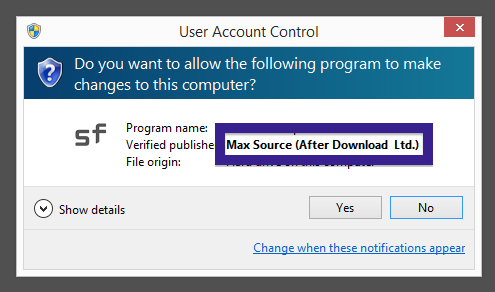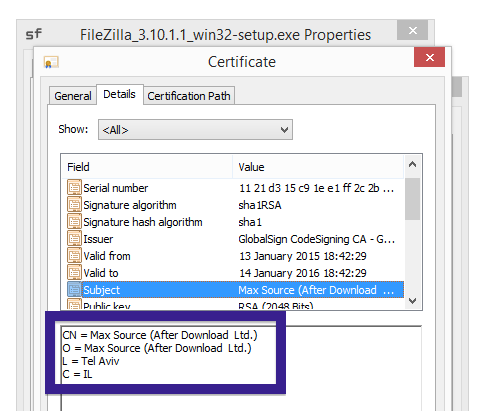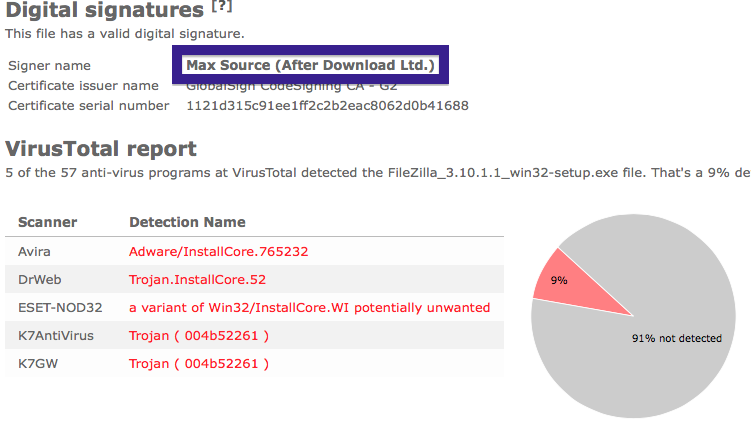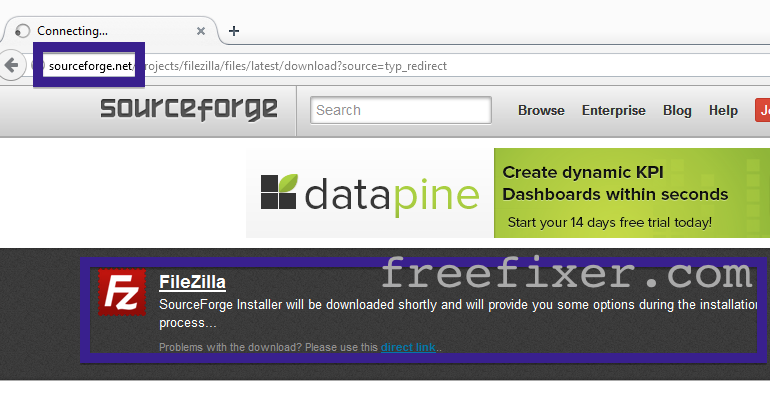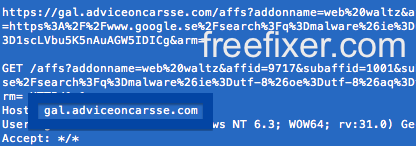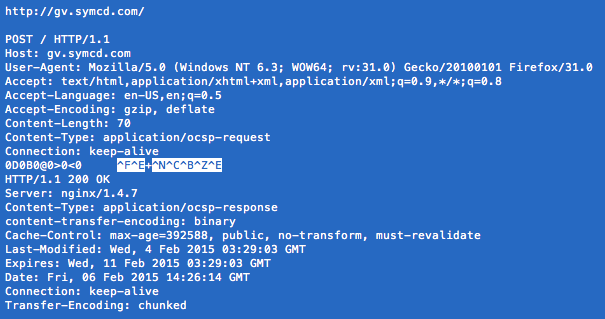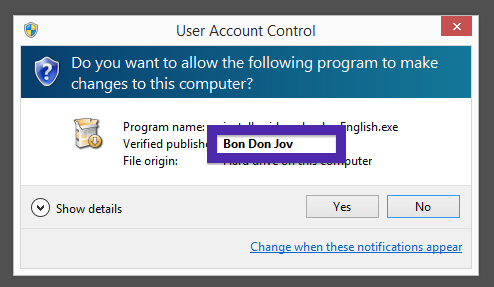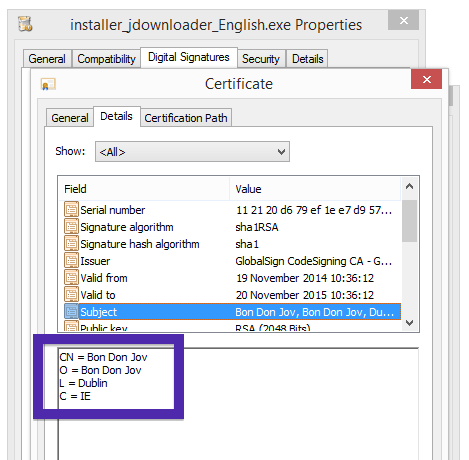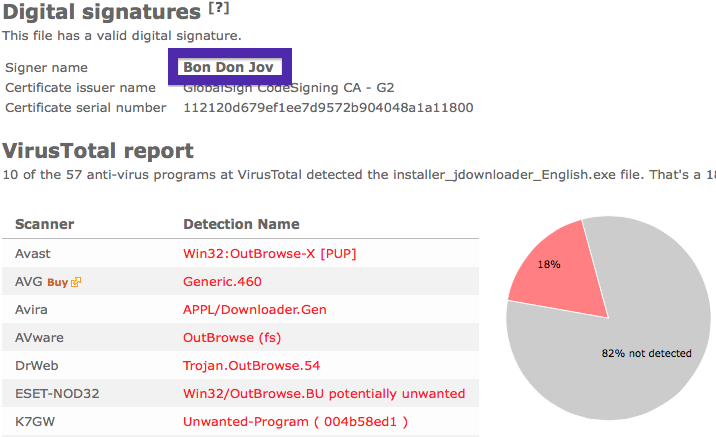Did you just get a pop-up from 888poker.com in a new tab and wonder where it came from? Did the 888poker.com ad appear to have been popped up from a web site that under normal circumstances don’t use aggressive advertising such as pop-up windows? Or did the 888poker.com pop-up show up while you clicked a link on one of the major search engines, such as Google, Bing or Yahoo?
Here’s a screen capture of the 888poker.com pop-up ad when it showed up on my system in a new tab:
If you also see this on your system, you apparently have some adware installed on your system that pops up the 888poker.com ads. Contacting the site owner of the site you were browsing would be a waste of time. The ads are not coming from them. I’ll do my best to help you with the 888poker.com removal in this blog post.
Those that have been visiting this blog already know this, but for new visitors: Recently I dedicated some of my lab systems and intentionally installed some adware programs on them. I’ve been tracking the actions on these machines to see what kinds of ads that are displayed. I’m also looking on other interesting things such as if the adware auto-updates, or if it downloads additional unwanted software on the machines. I first noticed the 888poker.com pop-up on one of these lab computers.
So, how do you remove the 888poker.com pop-up ads? On the machine where I got the 888poker.com ads I had TinyWallet, BlockAndSurf and BrowserWarden installed. I removed them with FreeFixer and that stopped the 888poker.com pop-ups and all the other ads I was getting in Mozilla Firefox.
The problem with pop-ups like this one is that it can be popped up by many variants of adware. This makes it impossible to say exactly what you need to remove to stop the pop-ups.
So, what can be done to solve the problem? To remove the 888poker.com pop-up ads you need to check your machine for adware or other types of unwanted software and uninstall it. Here’s my suggested removal procedure:
- What software do you have installed if you look in the Add/Remove programs dialog in the Windows Control Panel? Something that you don’t remember installing yourself or that was recently installed?
- How about your add-ons that you have in your browser. Anything in the list that you don’t remember installing?
- If that did not help, you can give FreeFixer a try. FreeFixer is built to assist users when manually tracking down adware and other types of unwanted software. It is a freeware utility that I’ve been working since 2006 and it scans your computer at lots of locations where unwanted software is known to hook into your machine. If you would like to get additional details about a file in FreeFixer’s scan result, you can just click the More Info link for that file and a web page with a VirusTotal report will open up, which can be very useful to determine if the file is safe or malware:

An example of FreeFixer’s “More Info” links. Click for full size.
Here’s a video guide showing how to remove pop-up ads with FreeFixer:
Did this blog post help you to remove the 888poker.com pop-up ads? Please let me know or how I can improve this blog post.
Thank you!


